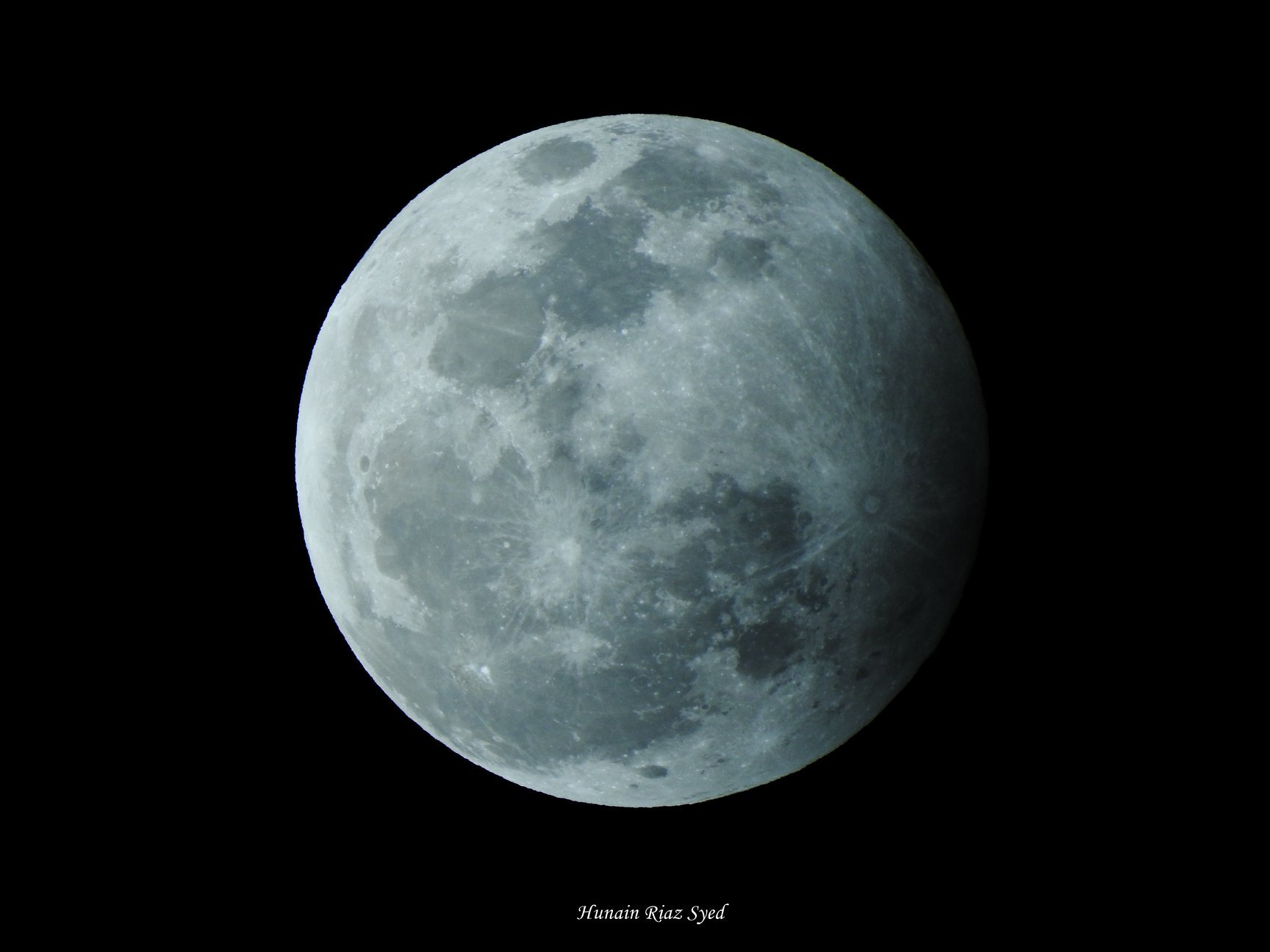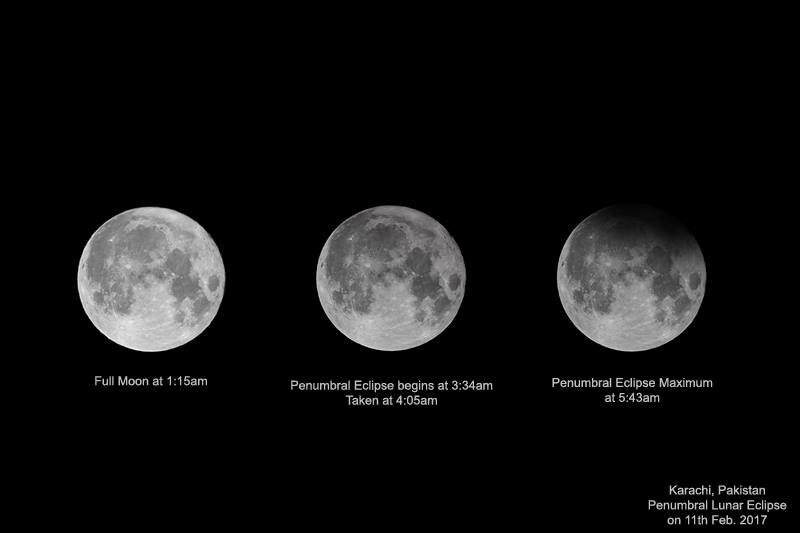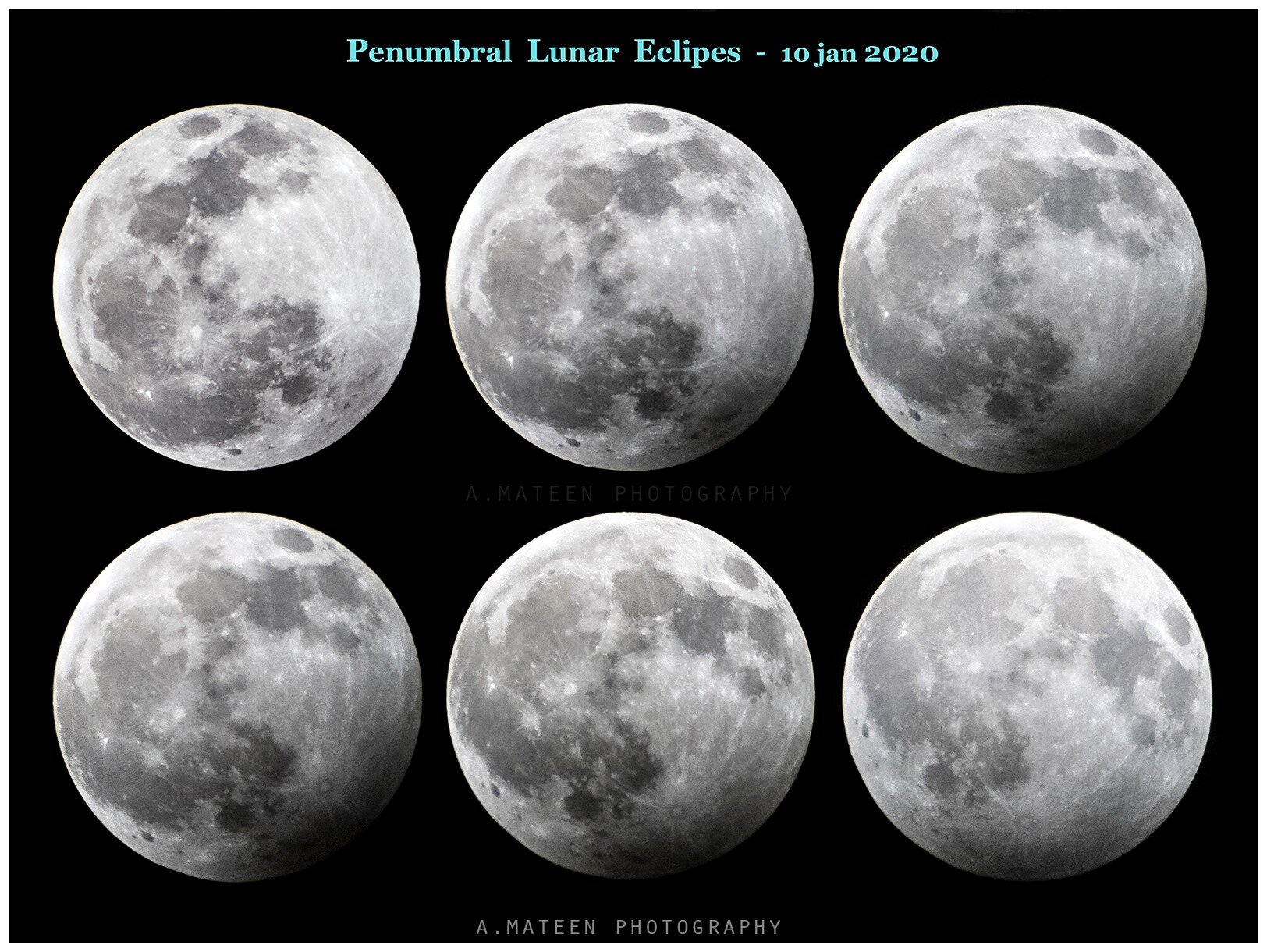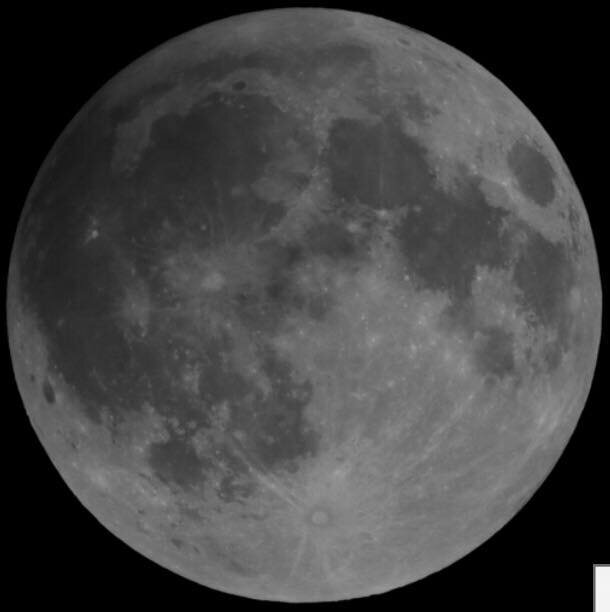Penumbral Lunar Eclipse - Midnight 5-6th June, 2020
Around midnight between 5th and 6th June, the full Moon will start to get a little dark. This will not be a partial or total eclipse, which means the Moon will be fully visible, just a little dimmer than usual.
The Moon slips into Earth’s shadow during a lunar eclipse.
Courtesy: in-the-sky.org
Here you see a more detailed look at the reason behind this eclipse and the difference between a umbral and penumbral eclipse.
Earth’s shadow in space has 2 parts; a lighter (shown here in grey) and a darker part. (shown in red). When the Moon crosses the outer limits of the shadow, the shadow isn’t dark enough to completely darken the Moon - therefore the Moon only dims a little. This is called a penumbral eclipse.
On the contrary, sometimes the Moon slips into the darker, middle part of the shadow called the umbra. When this happens, the Moon appears very dark and takes on a red, almost blood colour. Why red? Well, a simple, yet mind blowing, answer would be that the light of all sunrises and sunsets falls on the Moon at the same time.
If you want a somewhat detailed answer, here it is:
Earth’s atmosphere acts like a planet-sized prism and breaks down sunlight into rainbow colours, but mostly into red and blue. These reds and blues are also cast into space along with Earth’s shadow. However, the physics of bending-light is such that the atmosphere ends up focusing red light in the middle of the umbra and blue light on the outer parts of the umbra. Whenever the Moon enters the deepest parts of this shadow, it takes those red colours.
Visibility map of the 5-6th June Midnight Eclipse. The entire eclipse, from start to end, will be visible from Pakistan.
Courtesy: in-the-sky.org
Eclipse timing for Lahore.
Courtesy: timeanddate.com
What a Penumbral Lunar Eclipse Looks Like





Courtesy: timeanddate.com




